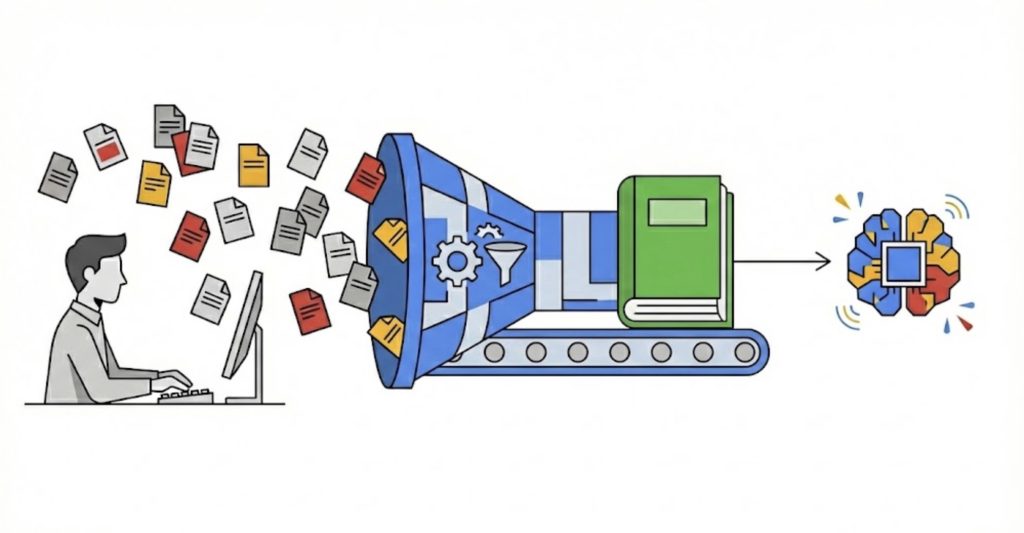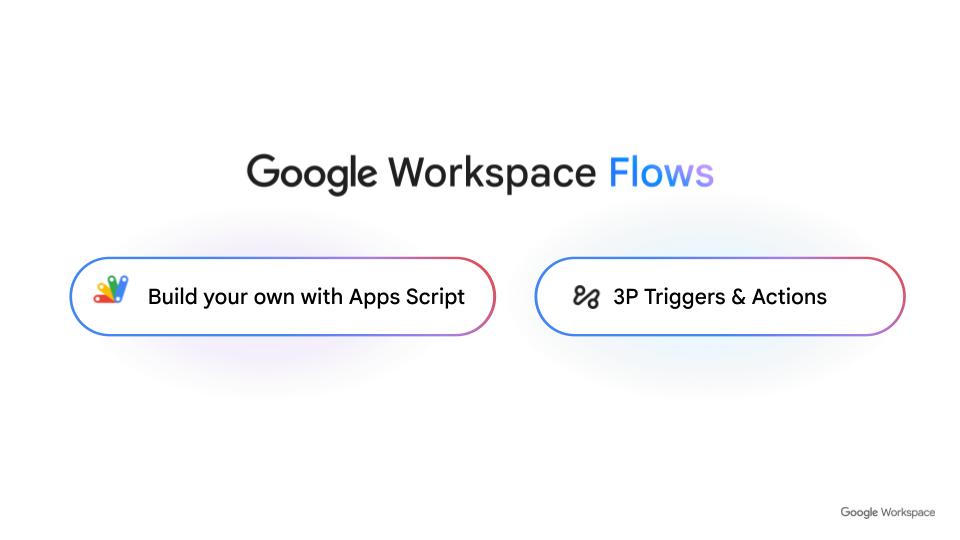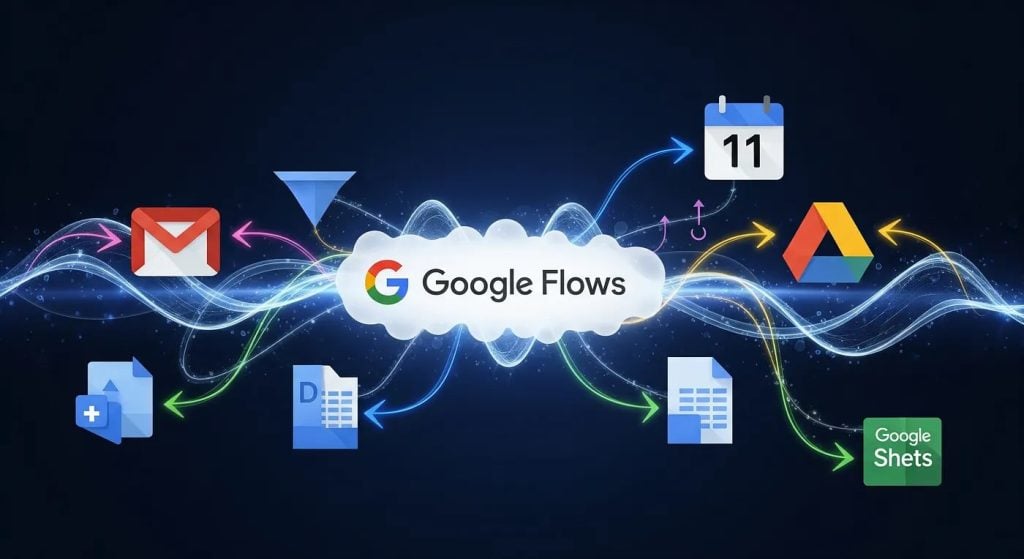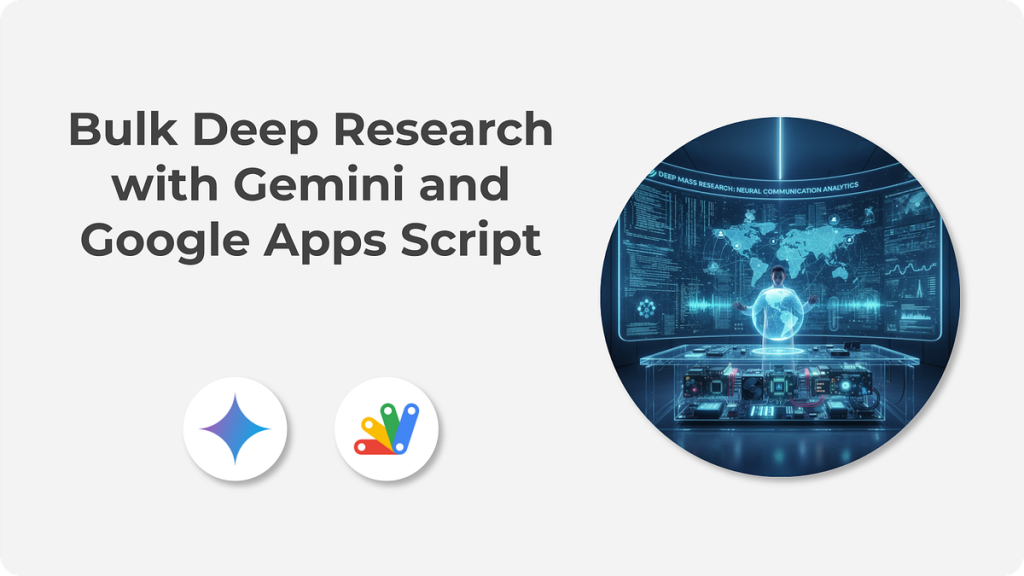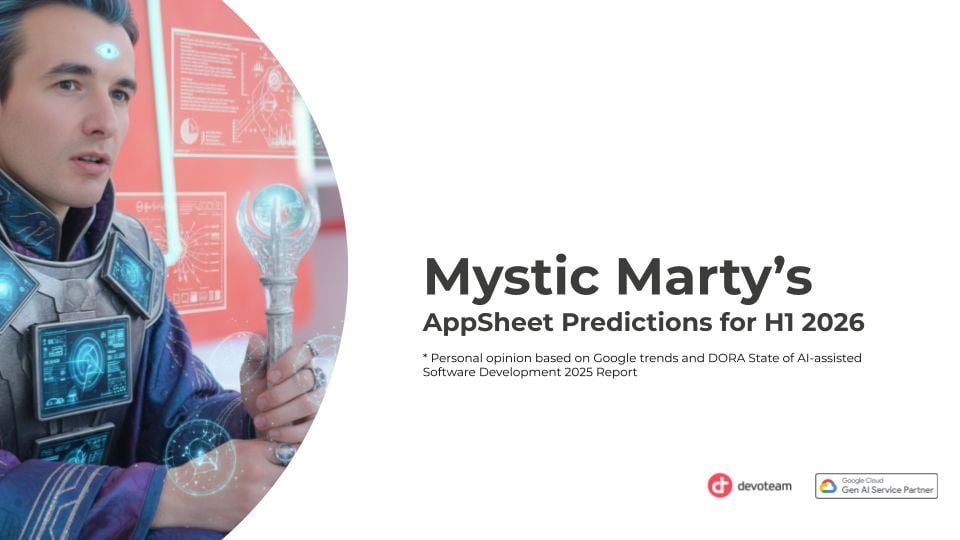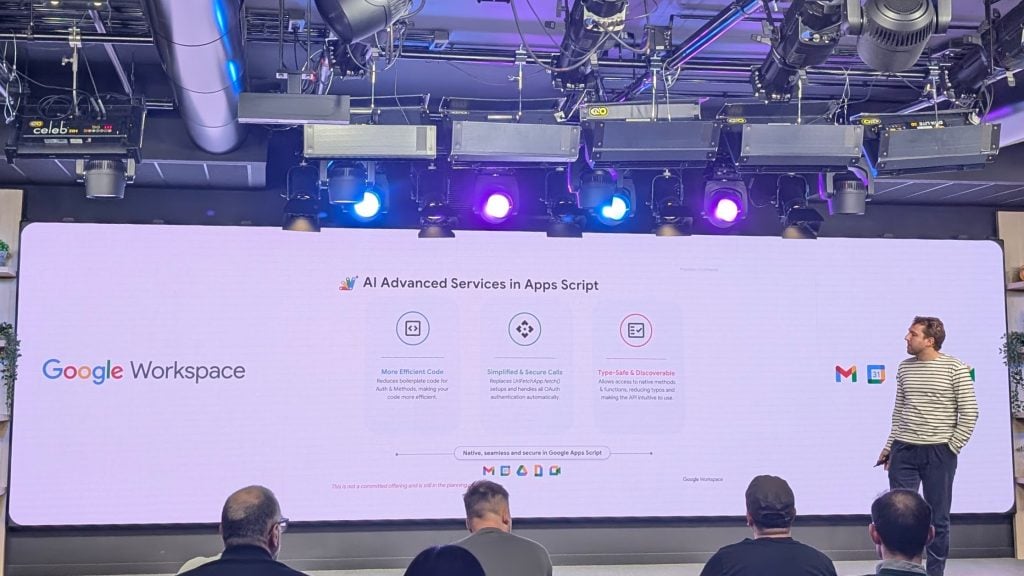The final quarter of 2025 has been a transformative period for the Google Workspace ecosystem, centred on the evolution of “Agentic” workflows. With the transition of Google Workspace Flows into the newly branded Google Workspace Studio, developers now have a centralised platform for building AI-powered automations. From deep Chat customisation to enhanced Meet artifacts, here’s a roundup of the key updates from October, November, and December that you need to know about.
Google Workspace Studio & Add-ons
The most significant shift this quarter is the general availability of Google Workspace Studio (formerly Workspace Flows). This platform allows developers to build AI agents that automate everyday work across the ecosystem.
- Studio Extensions: Developers can now build Google Workspace Add-ons that extend Studio, allowing for custom logic and integrations within AI-driven processes (this feature is in “Limited Preview” likely due to the extended rollout period for Workspace Studio).
- Dialogflow Integration: In a new developer preview, Chat apps built as Google Workspace add-ons can now use Dialogflow CX and Dialogflow ES, enabling more sophisticated natural language conversations within the Workspace interface.
Google Chat API: Deep Personalization
The Chat API received continued substantial updates focused on helping users organise information and enhancing app interactivity.
- Custom Sections: A major developer preview now allows the Chat API to programmatically create and manage custom sections. Developers can now create, delete, and position these sections to organise conversations in a personalised view.
- Membership Roles: Membership management has been refined with the introduction of new role types. In the Chat UI, existing space managers are now Owners, and a new Manager role (Role Assistant Manager) has been added to help administer spaces.
- Rich Links and Accessories: Generally available updates include support for reading rich links to Gmail threads and the ability for Chat apps to include interactive accessory widgets in private messages.
Google Meet: Working with Artifacts
Real-time data accessibility was a core focus for Meet this quarter, particularly around the Developer Preview Program.
- Smart Notes Retrieval: You can now retrieve smart notes files in a conference record using the
getandlistmethods on thesmartNotesresource. - Event Subscriptions: Calendar invitees can now receive started and transcript generated events through the Google Workspace Events API.
- Meeting Identification: New fields for
phoneAccessandgatewaySipAccesshave been added to thespacesresource to help identify and join meeting spaces.
Google Drive API
- Comment and Reply Events: In a new developer preview, developers can now subscribe to comment and reply events in Google Docs, Sheets, and Slides. This is a powerful feature for building reactive applications that monitor file collaboration in real-time.
Gmail & Calendar: Ownership and Insights
- Postmaster Tools v2: The Gmail API v1 now offers a developer preview for Postmaster Tools v2. This includes compliance status data and the
queryDomainStatsmethod for flexible querying. - Secondary Calendar Ownership: As of November, secondary calendars have moved to a single data-owner model. This change restricts the ability to delete or manage secondary calendars to the designated data owner, preventing unintended actions across organisations.
The Road Ahead
This quarter has shown a clear trajectory toward more intelligent, “agentic” integrations within Google Workspace. From the rollout of Google Workspace Studio to the granular control provided by new Chat and Drive events, the platform is becoming increasingly responsive to automated workflows.
It will be exciting to see how the community uses these new capabilities in the coming months. As for the future of Apps Script, Q1 2026 I think will be very exciting, stay tuned!!!


